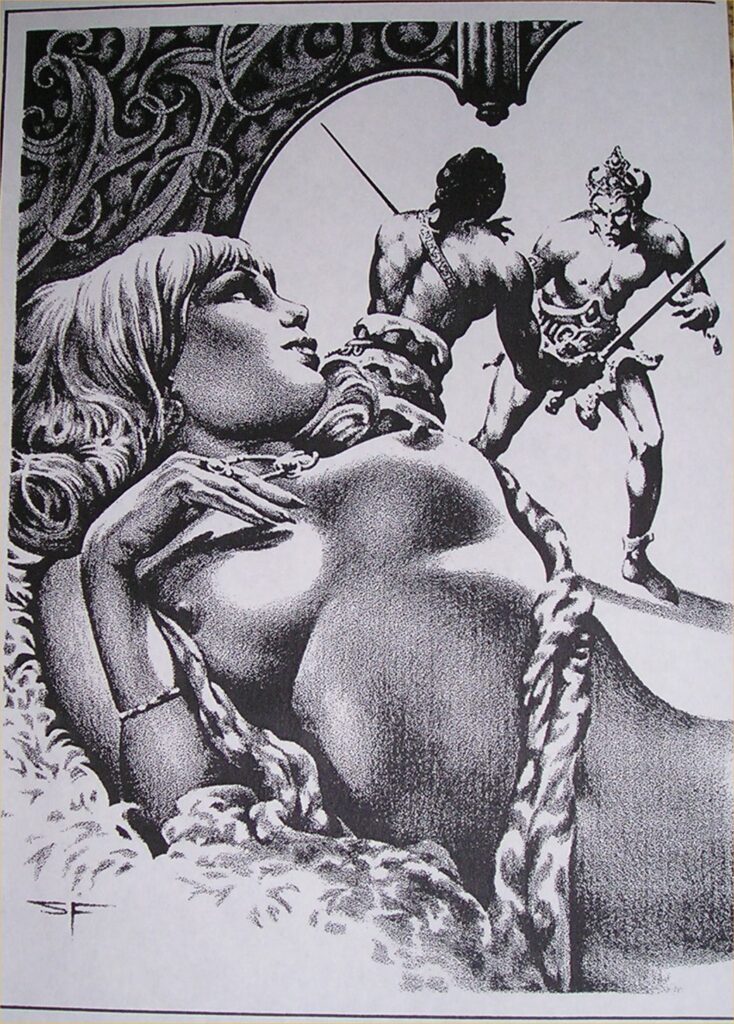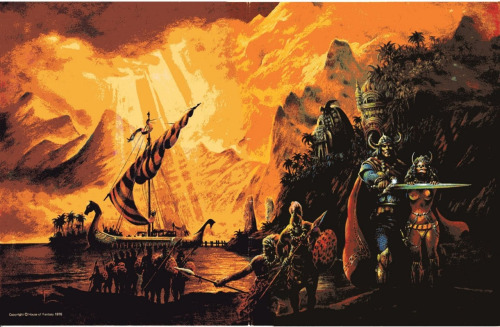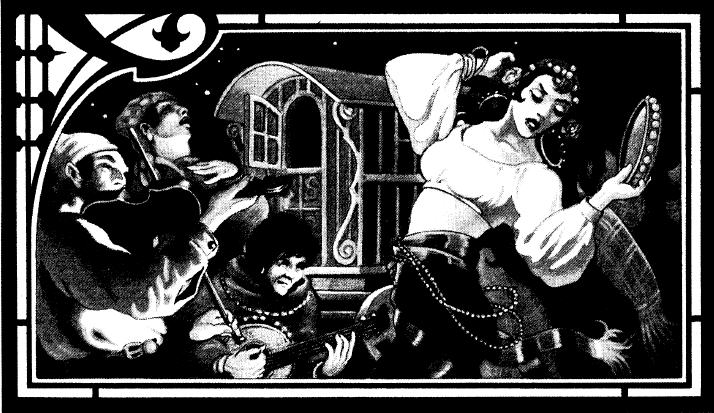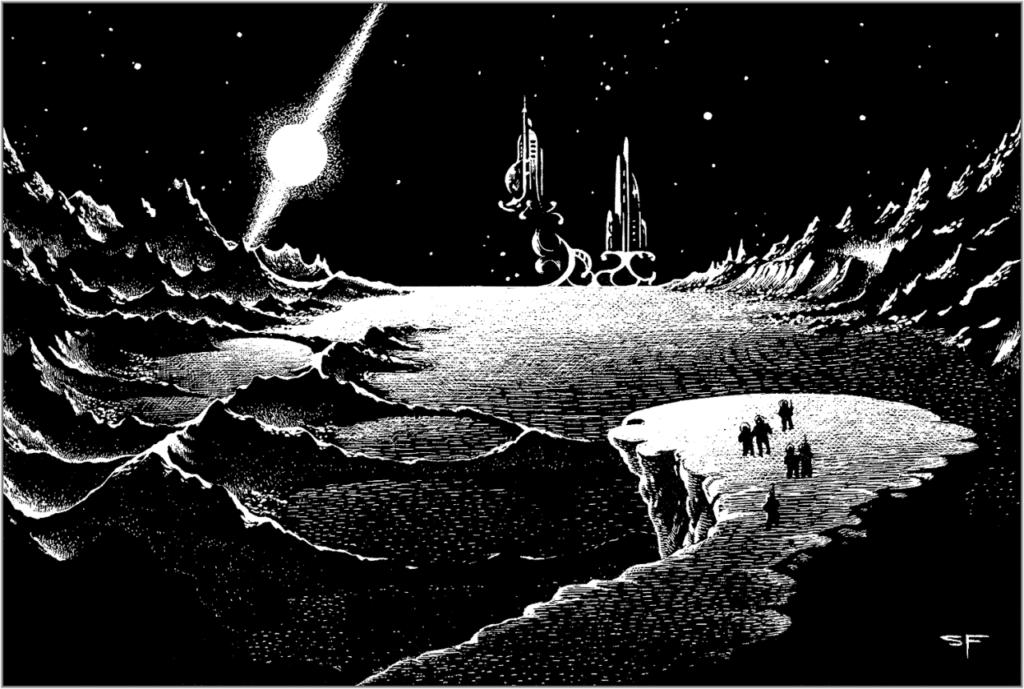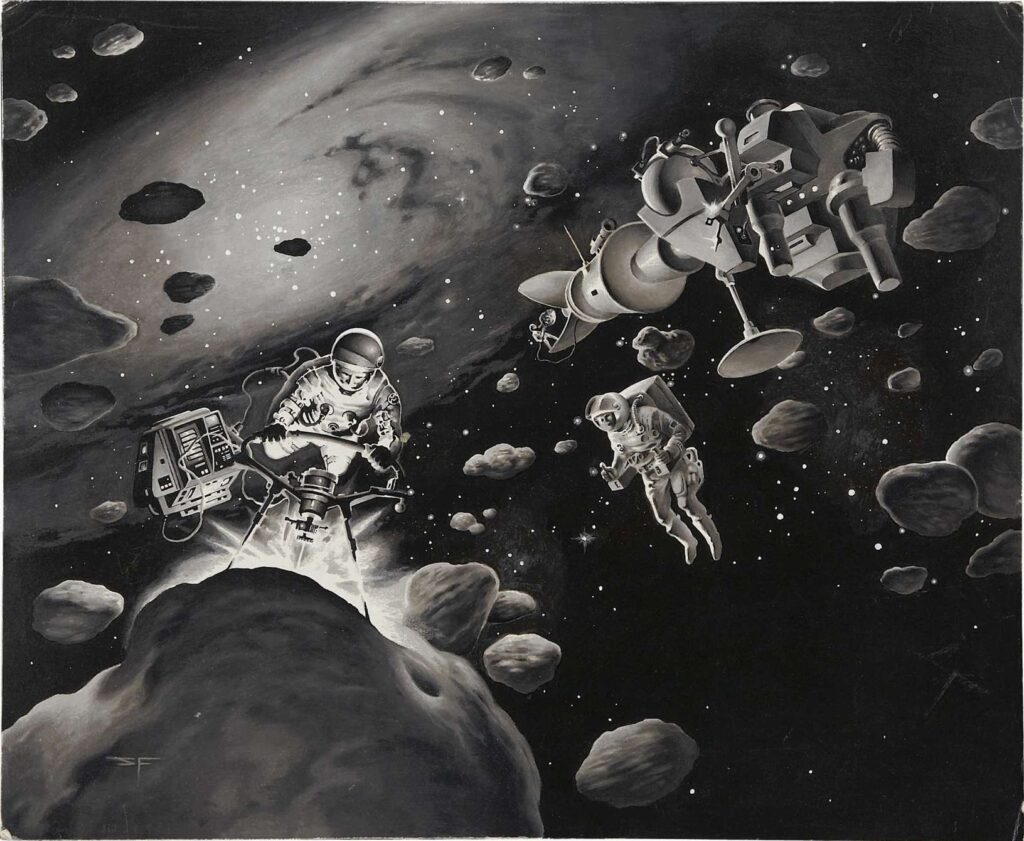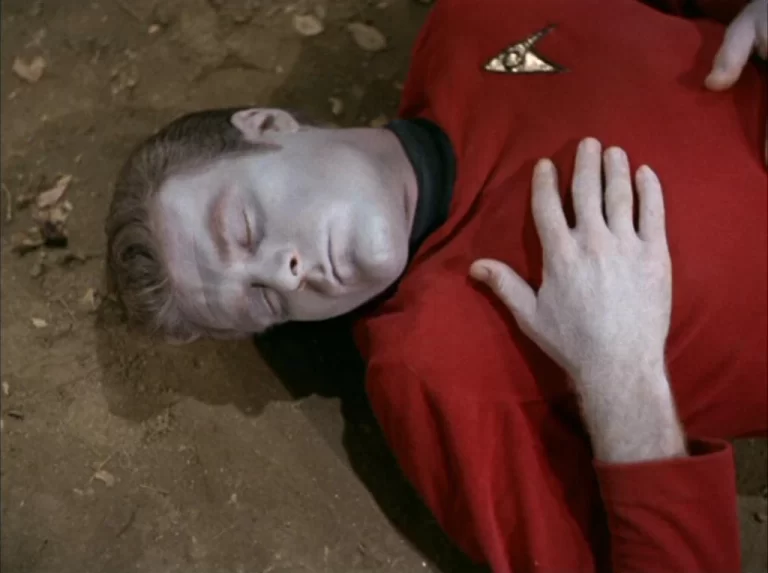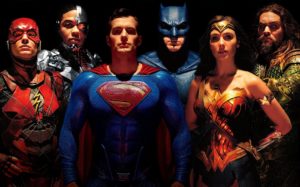(Originally posted on Aug 24, 2016.)
Many years ago, while stationed in Wildflecken, Germany, I bought the 2nd Edition AD&D new boxed set of the Ravenloft role-playing game campaign setting. I was exposed to artwork from an artist heretofore unknown to me: Stephen Fabian. These were in the days where game companies couldn’t really afford to get much in the way of color interior artwork. All of it was, with rare exceptions, black and white. This didn’t mean there weren’t some damn fine artists putting out illustrations, but most game designers were smaller companies who didn’t have a stable of artists who could paint interior illustrations on a whim (and computer illustrations were purely theoretical.)
Along comes Stephen Fabian. He had done illustrations for TSR (the creators of D&D before being absorbed by Wizards of the Coast,) but the Ravenloft setting allowed him to really shine. For those unfamiliar, Ravenloft is a world setting for D&D that is essentially a combination of dark fantasy and Gothic horror.
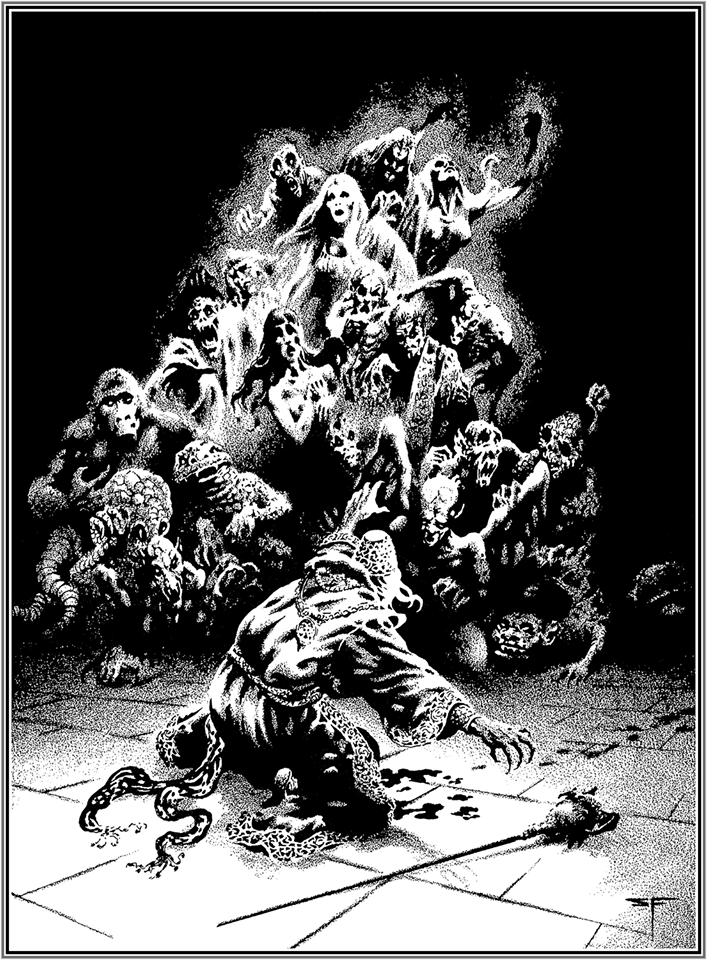
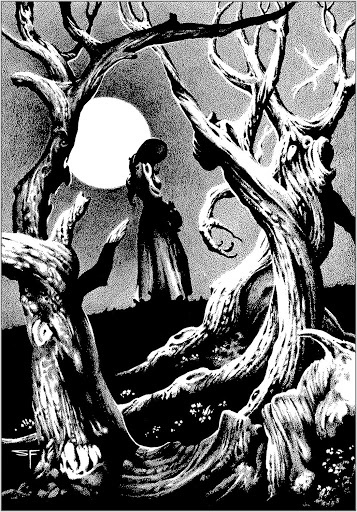
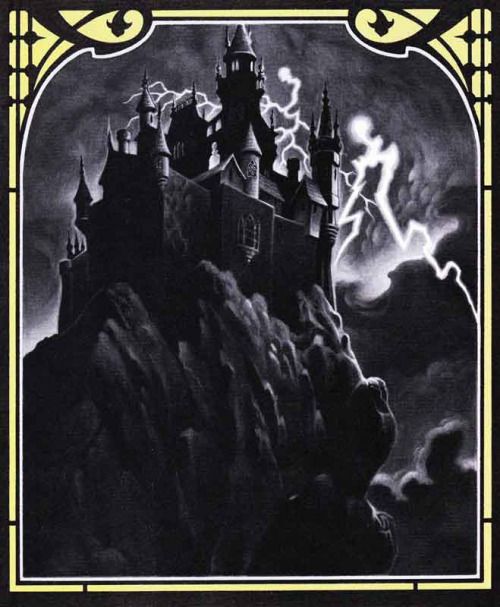
Most of the other artists employed by role-playing games came from a more comic-book tradition. Fabian, on the other hand, was very much a pulp illustrator. He did very little line work, and instead he used solid whites and darks with gorgeous gray washes. Where washes weren’t used, he would use stippling instead of hatching. The moody and dark tone worked perfectly with the setting.
I had never seen anything like it before and fell instantly in love. I snapped up every Ravenloft supplement I could find, and Stephen’s illustrations were a big reason.
Stephen set a new standard in an era of very little experimentation in rpgs, as did the Ravenloft setting (most younger gamers have no idea how much Ravenloft shaped a lot of monsters they’re familiar with, especially undead–but that’s another subject.) Stephen’s stark,eerie style struck just the right note. He was also fond of graphic flourishes, such as stylistic borders and icons relevant to the subject material. It turned mere game books into pieces of art. He even did the illustrations for an entire deck of cards in the Tarot tradition called the “Tarokka” deck.
I discovered later that Stephen was no newcomer to the illustration field, and had been doing illustrations to fantasy and science fiction since the sixties.
He’d done illustrations for various pulp writers, such as Robert E. Howard, H.P. Lovecraft, and A. Merritt and older writers such as William Hope Hodgson. I dug up whatever artwork I could find and ordered an art book from Bud Plant. His scope of work was impressive and he had been favorably compared to Virgil Finlay. Virgil’s influence on Stephen was apparent and it definitely fit with his pulp style.
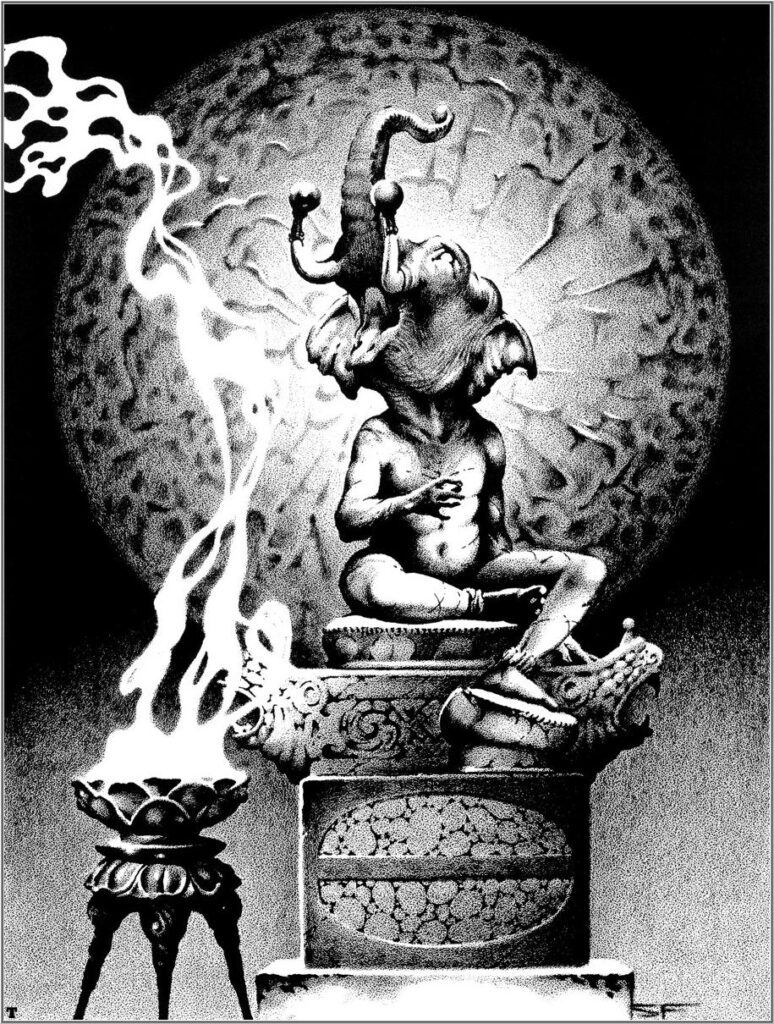
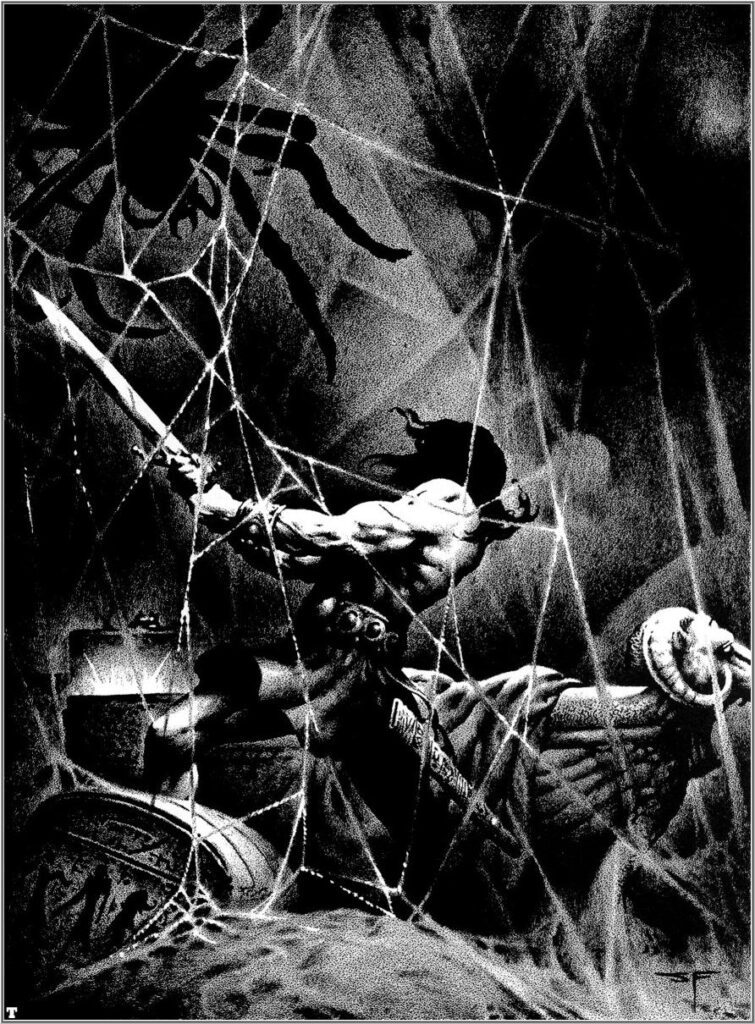
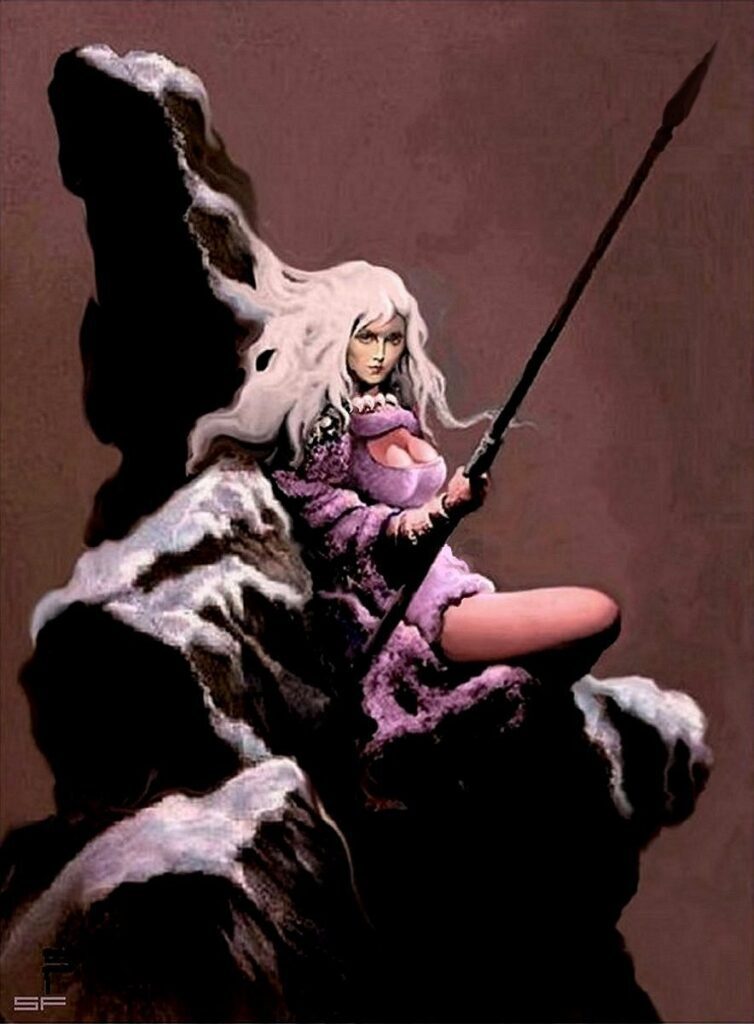
I haven’t seen many new projects since his memorable run on the early Ravenloft products. He’s been nominated for a Hugo Award and in 2006 received the World Fantasy Award for lifetime achievement.
If you’re at all a fan of classic illustrations styles, pulp styles/subjects and an eerie, ethereal style, you should check out Stephen Fabian’s artwork.
